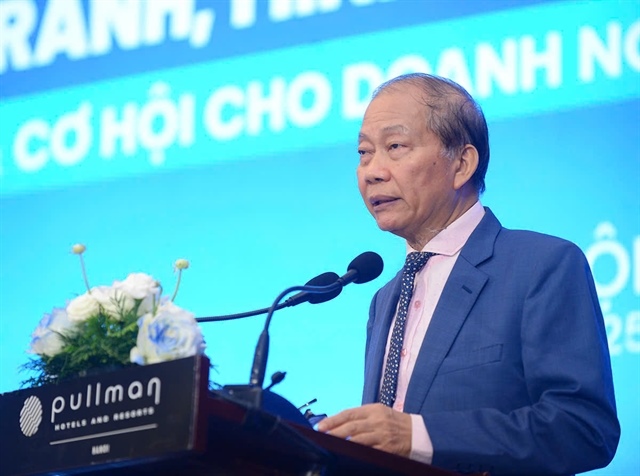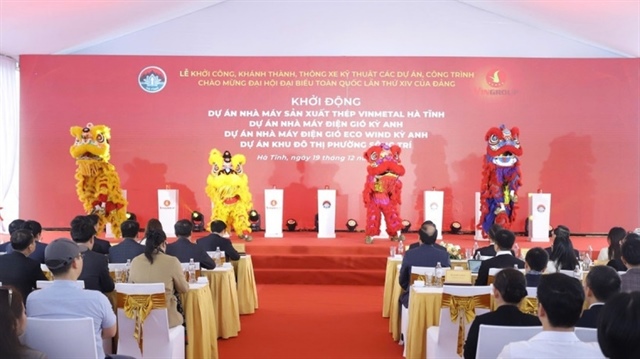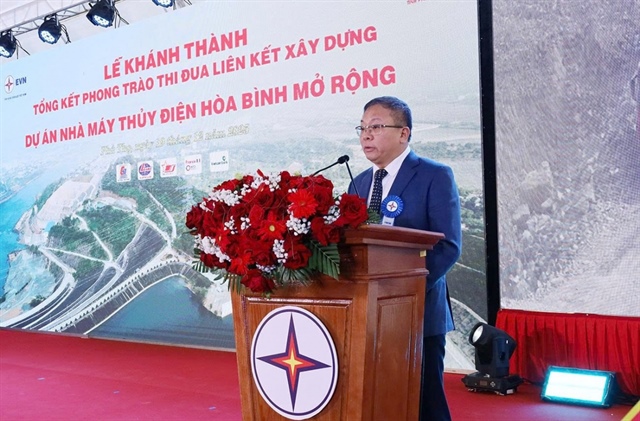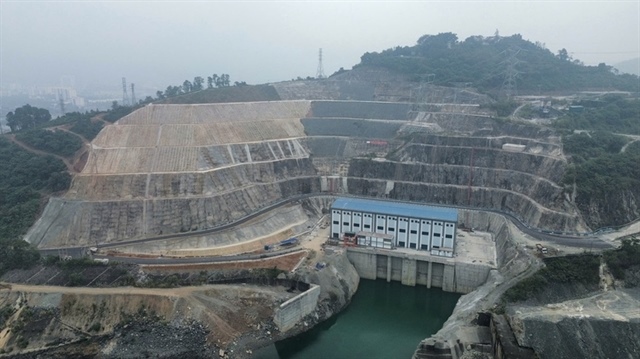19 new lines start supplying power to south
19 new lines start supplying power to south
The Southern Power Corporation of the Electricity of Viet Nam (EVN SPC) has begun using 19 110kV power lines, built at a cost of VND2.63 billion (US$115.8 million), this year.
The corporation has now started building 26 power projects.
Nguyen Phuoc Duc, deputy director of SPC, said the new electricity lines have helped meet the power requirements for economic development in 21 southern localities. They have ensured electricity supply during this year’s dry season in key economic regions such as Binh Duong, Tay Ninh, Ba Ria-Vung Tau, Binh Phuoc and Long An provinces.
As of June 20, the corporation had repaired 613 power lines at a cost of VND501.1 billion ($22.1 million). Of this, work on 262 lines is complete.
Investments in building and repairing power lines have helped improve the quality of the national grid, ensuring stable supply and reducing the loss of electricity.
In the future, in accordance with the prime minister’s instruction (at a conference on development of Viet Nam’s shrimp sector), the SPC will invest VND5 trillion ($220.05 million) to improve power supply in shrimp-farming areas.
The SPC is also planning a 220kV power line to Phu Quoc Island. Its construction is expected to begin this December.
Trung Son plant
The fourth and last turbine of the Trung Son hydropower plant, in the central province of Thanh Hoa, began generating electricity for the national grid on Tuesday, nearly two months after the launch of its third turbine, the Electricity of Viet Nam group said.
The plant, located in Quan Hoa District’s Trung Son Commune, is Viet Nam’s first hydropower project funded by the World Bank.
Trung Son Hydropower Co. Ltd., a subsidiary of the EVN Power Generation Corporation 2, has invested in the project.
The factory has four turbines with a combined capacity of 260MW. Once fully operational, the plant is expected to supply around one billion kWh of power to the national grid every year, as well as help reduce floods in areas downstream the Ma River.
The project is expected to contribute to the local socio-economic development, with minimal environmental and social impact.
The construction of the plant began in November 2012.





















